
The Hollywood Revue of 1929, or simply The Hollywood Revue, is a 1929 American pre-Code musical comedy film released by Metro-Goldwyn-Mayer. It was the studio's second feature-length musical, and one of their earliest sound films. Produced by Harry Rapf and Irving Thalberg and directed by Charles Reisner, it features nearly all of MGM's stars in a two-hour revue that includes three segments in Technicolor. The masters of ceremonies are Conrad Nagel and Jack Benny.

Mystery of the Wax Museum is a 1933 American pre-Code mystery-horror film directed by Michael Curtiz and starring Lionel Atwill, Fay Wray, Glenda Farrell, and Frank McHugh. It was produced and released by Warner Bros. and filmed in two-color Technicolor; Doctor X and Mystery of the Wax Museum were the last two dramatic fiction films made using this process.
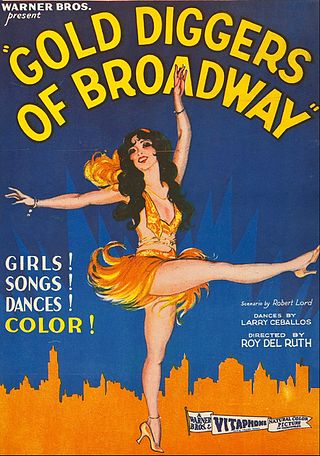
Gold Diggers of Broadway is a 1929 American pre-Code musical comedy film directed by Roy Del Ruth and starring Winnie Lightner and Nick Lucas. Distributed by Warner Bros., the film is the second all-talking, all-Technicolor feature-length film.
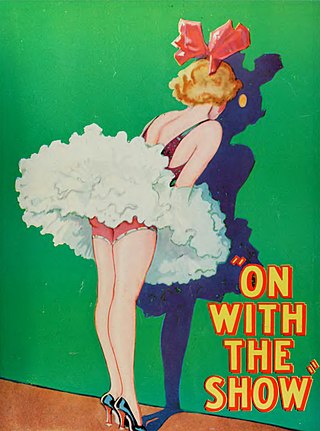
On with the Show! is a 1929 American pre-Code musical film produced by Warner Bros. Filmed in two-color Technicolor, the film is noted as the first all-talking, all-color feature length film, and the second color film released by Warner Bros.; the first was the partly color, black-and-white musical The Desert Song (1929).
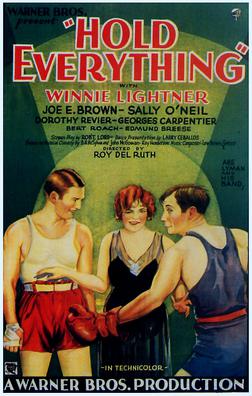
Hold Everything is a 1930 American Pre-Code film. It was the first musical comedy film to be released that was photographed entirely in early two-color Technicolor. It was adapted from the DeSylva-Brown-Henderson Broadway musical of the same name that had served as a vehicle for Bert Lahr and starred Winnie Lightner and Joe E. Brown as the comedy duo. The romantic subplot was played by Georges Carpentier and Sally O'Neil. Only three songs from the stage show remained: "You're the Cream in My Coffee", "To Know You Is To Love You", and "Don't Hold Everything". New songs were written for the film by Al Dubin and Joe Burke, including one that became a hit in 1930: "When The Little Red Roses Get The Blues For You". The songs in the film were played by Abe Lyman and his orchestra.

The Show of Shows is a 1929 American pre-Code musical revue film directed by John G. Adolfi and distributed by Warner Bros. The all-talking Vitaphone production cost almost $800,000 and was shot almost entirely in Technicolor.
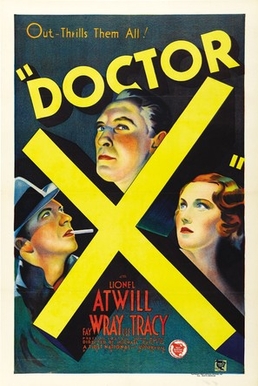
Doctor X is a 1932 American pre-Code mystery horror film produced jointly by First National and Warner Bros. Based on the 1931 play originally titled The Terror by Howard W. Comstock and Allen C. Miller, it was directed by Michael Curtiz and stars Lionel Atwill, Fay Wray and Lee Tracy.

Song of the West is a 1930 American Pre-Code musical western film produced by Warner Bros., and photographed entirely in Technicolor. It was based on the 1928 Broadway musical Rainbow by Vincent Youmans (music), Oscar Hammerstein II (lyrics) and Laurence Stallings (book). It starred John Boles, Joe E. Brown and Vivienne Segal, and was the first all-color all-talking feature to be filmed entirely outdoors.

The Life of the Party is a 1930 American pre-Code musical comedy filmed entirely in Technicolor. The musical numbers of this film were cut out before general release in the United States because the public had grown tired of musicals by late 1930. Only one song was left in the picture. The complete film was released intact in countries outside the United States where a backlash against musicals never occurred.

Winnie Lightner was an American stage and motion picture actress.
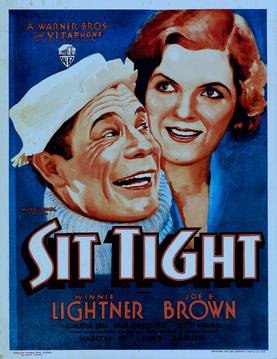
Sit Tight is a 1931 American Pre-Code musical comedy film, directed by Lloyd Bacon, written by Rex Taylor, edited by James Gibbon, and produced and distributed by Warner Bros. It was originally intended as a full musical, but due to the backlash against musicals, all the songs were cut from the film except for one – sung by Winnie Lightner – in all release prints in the United States.

Gold Dust Gertie is a 1931 American pre-Code musical comedy produced and released by Warner Brothers. It was originally completed as a full musical. Due to the backlash against musicals, however, all the songs were cut from the film in all release prints in the United States. The film was originally known as Red Hot Sinners, but was released as Gold Dust Gertie after the musical numbers had been cut. The film was based on the play The Wife of the Party by Len D. Hollister. The film stars Winnie Lightner, Ole Olsen, Chic Johnson and Claude Gillingwater.

Kiss Me Again is a 1931 American pre-Code musical operetta film filmed entirely in Technicolor. It was originally released in the United States as Toast of the Legion late in 1930, but was quickly withdrawn when Warner Bros. realized that the public had grown weary of musicals. The Warner Bros. believed that this attitude would only last for a few months, but, when the public proved obstinate, they reluctantly re-released the film early in 1931 after making a few cuts to the film.

Fifty Million Frenchmen is a 1931 American pre-Code musical comedy film directed by Lloyd Bacon. It was photographed entirely in Technicolor. The film was produced and released by Warner Brothers, and was based on Cole Porter's 1929 Broadway musical Fifty Million Frenchmen.

Bright Lights, later retitled Adventures in Africa, is a 1930 American pre-Code musical comedy film produced and released by First National Pictures, a subsidiary of Warner Bros. It premiered in Los Angeles in July 1930 but was edited and rereleased in early 1931. Although it was photographed entirely in Technicolor, the only surviving print is in black and white. The film stars Dorothy Mackaill, Frank Fay, Noah Beery and Frank McHugh. It also features the screen debut of John Carradine, who appears in a small, uncredited role.

Side Show is a 1931 American pre-Code musical comedy drama film directed by Roy Del Ruth and starring Winnie Lightner, Charles Butterworth, Evalyn Knapp and Donald Cook. It was produced and released by Warner Bros. The film was based on a story by William K. Wells. Although it was planned and filmed as a full-scale musical, most of the songs were cut from the film before release due to the public tiring of musicals.

Mammy (1930) is an American pre-Code musical drama film with Technicolor sequences, released by Warner Bros. The film starred Al Jolson and was a follow-up to his previous film, Say It with Songs (1929). Mammy became Al Jolson's fourth feature, following earlier screen efforts as The Jazz Singer (1927), The Singing Fool (1928) and Say It with Songs (1929). The film relives Jolson's early years as a minstrel man. The songs were written by Irving Berlin, who is also credited with the original story titled Mr. Bones.
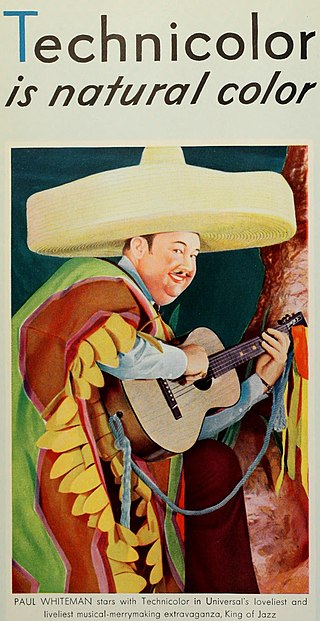
Technicolor is a series of color motion picture processes, the first version dating back to 1916, and followed by improved versions over several decades.
The Sports Parade was a short film series of Warner Bros. that was regularly shown before the main studio feature, along with another Warner-Vitaphone short, Joe McDoakes comedy and/or Looney Tunes and Merrie Melodies cartoons. The average running time of each film was between nine and eleven minutes.


















